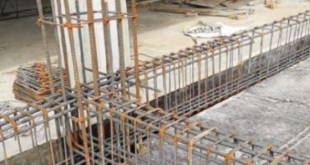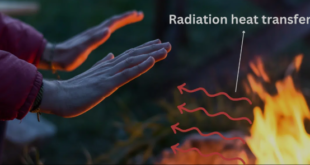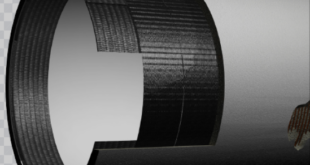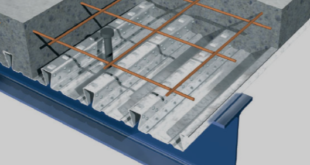In this tutorial, the Simulation of ice damage under underwater near-field explosion by using the CEL method in Abaqus has been investigated. The ice is modeled as a three-dimensional solid part. The TNT, air, and water are modeled as three-dimensional Eulerian parts. Due to the extremely short reaction time of the explosion detonation process, the impact equivalent is large, the detonation load is complex, and the ice material is a very special solid medium with non-uniformity, anisotropy, corresponding variability, and temperature sensitivity, causing damage to ice materials under explosive conditions is an extremely complex process. Under the existing experimental equipment and testing methods, it is impossible to completely and accurately observe the damage process of the non-uniform stress-strain field caused by the explosion of the meso-level structure of the ice medium. You can see a figure of the assembled parts below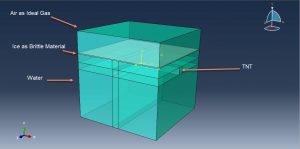
Due to the anti-expansion characteristics of water, the ice layer is at the junction of water and air, and the air needs to be simulated during the calculation process. Air is simulated using the Ideal Gas Equation. The air can be defined by using ambient pressure and the gas constant. The JWL equation of state is used to describe the process of detonation and volume change of detonation products of TNT explosives. To define water behavior, the Us-Up equation of state is used. The Johnson-Holmquist model is used to define ice behavior under a severe load. The Johnson-Holmquist is a constitutive model, in which the damage model part adopts base on the equivalent plastic strain. The dynamic explicit step is appropriate for this type of analysis. The general contact algorithm with contact property is used as an interaction. The proper boundary condition is assigned to the Eulerian parts and the ice. The uniform material assignment is used to define the location of each Eulerian part. The mesh should be fine to obtain good results.
After the simulation, all results such as ass damage and failure, stress, strain, TNT propagation, the volume fraction of each Eulerian part, and … are achievable. You can see some figures for the results below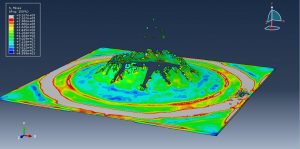
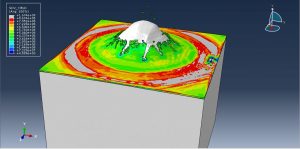
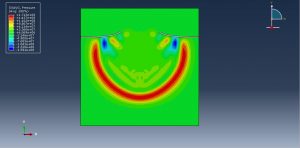
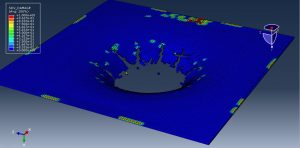
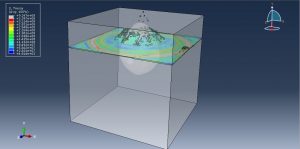
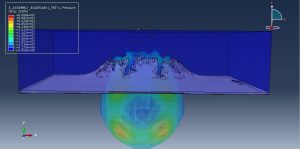
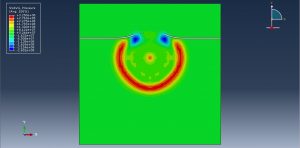
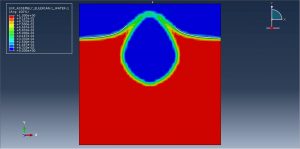
You can provide CAE ,INP,and English video files of this simulation here. The cost of these files is Thirty Euros. you can click on the bellow bottom to beginning process
You can purchase the tutorial through a PayPal account, a Visa, or a Master card, just before payment,send me an email to this address: karampourp@gmail.com
 Abaqus tutorials Abaqus tutorials
Abaqus tutorials Abaqus tutorials
